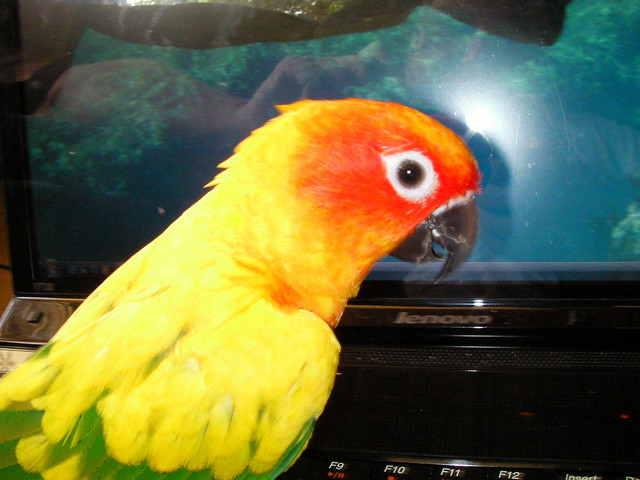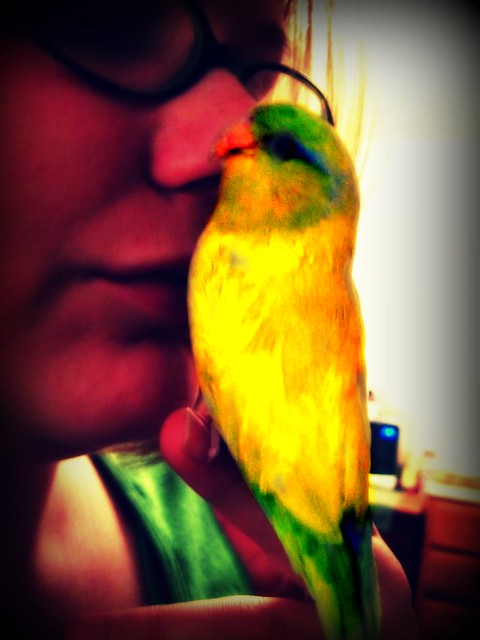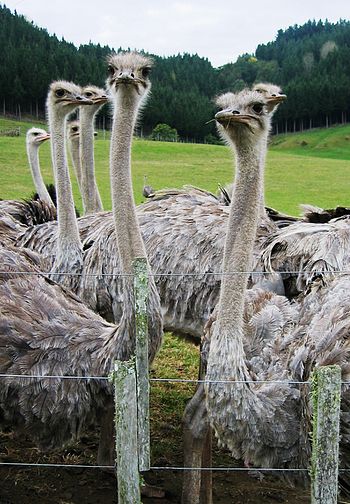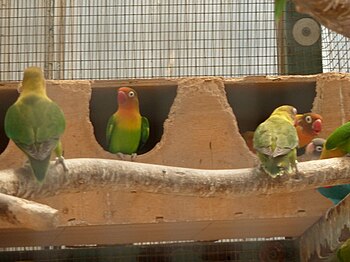 |
| Tingo helps with computer - Photo by Makuahine Pa’i Ki’i (cc) |
Before going to the advantages and disadvantages of Conure Parrots as pets, let's look at some useful facts first.
as pets, let's look at some useful facts first.
1 - Size
These birds size is determined by measuring the length from the tips of the beak and tail. Usually, their average size is about 11.8 inches (30 cm). On the average, their weight is about 2.2 lbs or equivalent to 1 kg. When you measure their tails' length, they are usually as long as their bodies.
They are active birds and so they will usually need larger cage so that they will be able to exercise even when inside. The necessary spacing for the cages should be 1/2 to 7/8 for them to be able to climb with no worries of escape or caught in between.
2 - Life Span
They usually have a lifespan of around 35 years or more. This depends on how well you take care of them.
Advantages as Pets
One of the advantages of these birds as pets is their majestically colorful plumage, which is really pleasing to the eye. They are full of affection and can really accommodate just about anyone in the family. They breed well and can produce great offspring. They are easy to handle because of their uncomplicated nature especially their diet, which consists mainly of organic pellets, fruits and vegetables, and seeds. They are highly intelligent and are capable of learning trick s.
s.
Disadvantages as Pets
Since they are highly social birds, attention and regular social interaction are needed. They are considered best only for people who have time to spend at home for their supervision, training, and exercise. The latter two are essential so that you can keep your bird from boredom otherwise, the birds will develop bad habits. They need a lot of activities but to counter this, you can give them toys as well as let them out of the cage every once in a while.
As long as you have the patience and persistence to put up with them, they could make excellent pets for you.
For the most part, conures share similar personalities and it's more the color and size of the different species that is the deciding factor on which parrot to buy. See pictures and learn more about the unique characteristics of these conures. Green Conure - Green Cheek Conure - Jenday Conure Article Source: EzineArticles |














